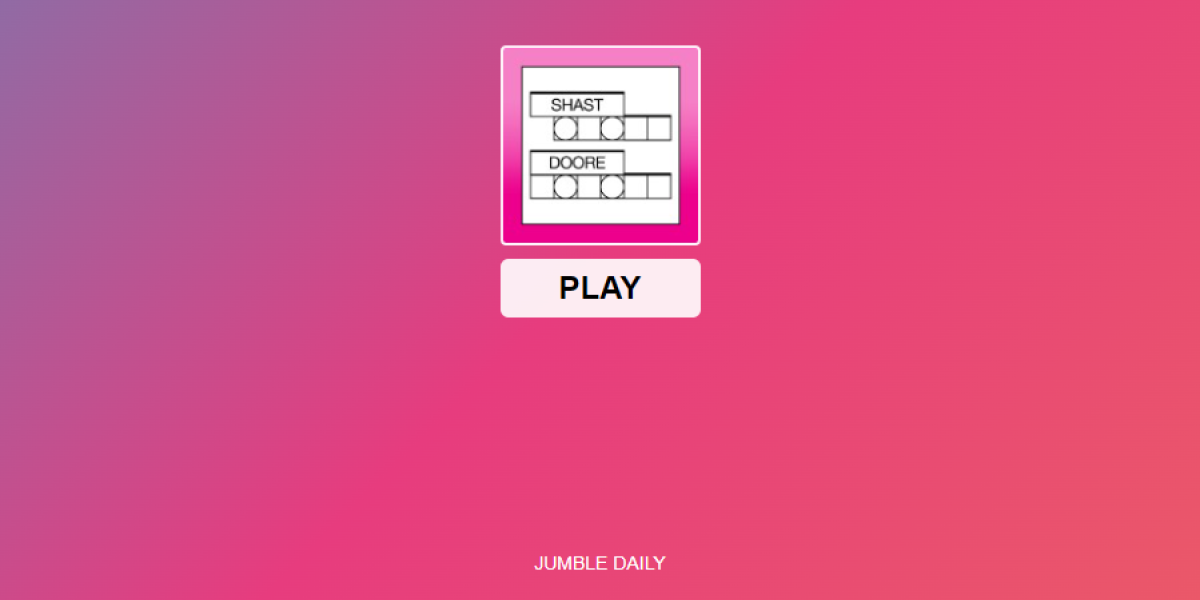The Archon Team League Championships are now two weeks in, and the competition is heating up.
Aside from an early broadcasting controversy—in which caster Byron “Reckful” Bernstein was pulled after a number of inappropriate comments—reviews have been fairly positive. The innovative format, the star-studded line up and the high stakes have captured the imaginations of the Hearthstone community.
Early favourites Nihilum and the thrown-together underdogs Forsen Boys currently sit in joint first place, while teams like Celestial and Cloud9 have shown signs of struggling.
The ATLC is like nothing we have ever seen before in Hearthstone. Rather than individual matches, players are battling in three-on-three, best-of-11 battles with six classes on each side. Each player takes two of these classes, and face off in matches that can last up to three hours. For many of these players, it’s a whole new approach to the game.
Given the unique format, it’s difficult to draw out conclusions at this early stage with no previous competitions to really compare it to—but that won’t stop us trying. What makes up a winning formula in the three-on-three battles?
The pick-up teams are not to be underestimated
The Forsen Boys are leading the pack at this point, so this kind of goes without saying. But the two thrown-together squads have shown that the quality of their individual players can shine through. Many people assumed that squads like Cloud9 and Nihilum would have an advantage thanks to the time they’ve spent playing together. But in both Sebastian “Forsen” Fors’ team and Value Town, the players are working together on their lineups and have good relationships. Players in organizations like Cloud9 might be part of the same team for months, but that doesn’t necessarily mean they practice together.Take Tempo Storm for instance, whichcurrently sits in sixth place. Could part of the reason for this be that all three players are in completely different timezones, making communication and practice difficult?
What counts as a carry?
In the build-up and the early discussions after the first matches, some have used the word “carry” to talk about team performances. Some expected that players like Aleksandr “Kolento” Malsh and Wang “TiddlerCelestial” Xieyu would “carry” their teams with strong performances. In reality, however, a very strong player going 2-0 straight away in a matchup doesn’t necessarily help the overall team performance.
In both of Team Celestial’s matches so far Austin “SilentStorm” Li has been 2-0, but that leaves the majority of class matchups to his team mates. Wang and Chu “FrozenIce” Shih Kuang have played 15 games between them as opposed to Li’s four. Li is the only player in the bottom half of the table with an undefeated record, but that isn’t helping his team perform—Celestial are rooted to the bottom.
Overall, the success rate of individual players is mixed, as all eight teams have at least one player with a negative game record.
You could argue that the players “carrying” their team are the ones playing way more games than their teammates. Four players have played in 10 or more games, with some of their teammates having played just four. Leading this table is Sebastian “Ostkaka” Engwall with 11 games played, and he has taken the match-deciding game in both matches for the Forsen Boys.
The best players aren’t leading their teams
As noted above, there was plenty of speculation that the players considered the best in the world—Malsh, Xieyu, Janne “Savjz” Mikkonen—would be the leading game winners for their teams. For Cloud9, Malsh has won just two of the six games he’s played, while less-decorated teammate Jan “Ekop” Palys went 2-0 in week one and is currently 4-2 overall. He’s the only player on Cloud9 with a positive record so far. Xieyu is 2-5 in games, while his teammate Li is 4-0.
On Value Town, Brian Kibler is leading his team with an undefeated 4-0 record. Despite his lack of competitive experience, and the fact that he’s allowing his teammates first pick of the classes, Kibler’s performance with decks like Shaman has helped his team enjoy a promising start.
While Mikkonen has the worst record on Liquid, he’s also played more games than his teammates combined. That willingness to do the heavy lifting in the team is maybe a sign of true leadership.
Predictability isn’t really a problem
Teams have used a number of different approaches to class lineups in the two weeks of matches so far. Nihilum, Archon, and Liquid all kept the same players on the same classes, with only one or two deck choice tweaks. Cloud9 kept the same classes and decks, but switched their players around to different positions, while only Value Town have used all nine classes in the two matches.
The predictability has clearly not been too much of a factor, with Nihilum a case in point. Not only has the team kept the same lineups in weeks one and two, its class picks were arguably predictable. Adrian “Lifecoach” Koy relied on his trusty Warlock and Warrior decks (and has gone 4-0 as a result), while Thijs “ThijsNL” Molendijk has focused on Druid and Rogue, two classes with which he is very comfortable. Dima “Rdu” Radu has played Hunter and Paladin in both matches, focusing on his strong aggro play—though he switched to a midrange Paladin in week two.
Looking at just a few aspects of this league, it’s clear that Archon is on to a winning formula. Not only has the ATLC been an instant, popular success, but in just two weeks there are clear storylines emerging for fans to get their teeth into. Popular personalities are flourishing, while people are left asking questions about the teams they thought would be dominant. With everything going for it, the ATLC could well be Hearthstone‘s most successful league to date.






Published: Jul 15, 2015 03:02 pm